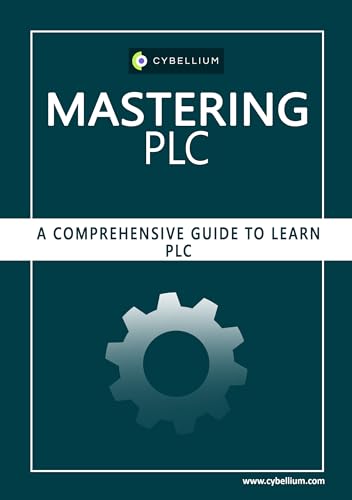If you’re in the automation industry, you must have heard of PLC tools. Programmable Logic Controllers (PLCs) are a game-changer in automation, and several tools can make your work more efficient and productive. In this article, we will explore everything about PLC tools, their types, benefits, and how they can help you streamline your operations.
Types of PLC Tools
PLC programming software is a type of tool that allows users to develop programs that control machines or processes. These programs are written in a language specific to each vendor’s software package. Some of the popular vendors include Allen-Bradley, Siemens, Mitsubishi Electric, and Omron. The software packages offered by these vendors provide various features for programming, debugging, simulation, and monitoring.
Another type of PLC tool is a simulator. It is used to test the program code before deploying it on real hardware. Simulators are handy when the hardware is not yet available or when testing the program could cause damage to the equipment or personnel.
PLC analysis tools are also gaining popularity as they enable users to diagnose issues with the system faster. These tools collect data from the PLC system and display it in an organized manner for easy interpretation. They can also detect patterns and trends that may indicate potential problems.
Benefits of Using PLC Tools
PLC tools offer several benefits that can help organizations optimize their automation processes:
1. Improved Efficiency: With proper use of PLC programming software, users can write efficient programs that reduce machine downtime and increase productivity.
2. Faster Troubleshooting: PLC analysis tools help identify issues faster than manual inspection, leading to quicker resolution times.
3. Cost Savings: By using simulators to test programs before deployment and identifying issues early on with analysis tools, companies can save money on equipment repairs and avoid costly downtime.
4. Increased Safety: Proper use of PLC tools can help automate safety procedures, reducing the risk of injuries to personnel.
PLC Tools in Action
Let’s take a closer look at some of the popular PLC tools and how they can be used in automation processes:
1. Programming Software: Allen-Bradley’s RSLogix 5000 is one of the most widely used PLC programming software packages. It offers several features for program development, including tag-based addressing, advanced data types, and structured text programming. With these features, users can develop complex programs that control multiple machines or processes.
2. Simulators: Siemens’ S7-PLCSIM is a popular simulator that allows users to test their programs before deployment. It also provides debugging features, allowing users to identify issues quickly.
3. Analysis Tools: Mitsubishi Electric’s MELSOFT Navigator is an analysis tool that collects data from the PLC system and displays it in an organized manner for easy interpretation. It also offers trend analysis and predictive maintenance features, enabling users to detect potential issues before they occur.
Conclusion
In conclusion, PLC tools are essential for organizations looking to optimize their automation processes. They offer several benefits, including improved efficiency, faster troubleshooting, cost savings, and increased safety. By using tools such as programming software, simulators, and analysis tools, companies can streamline their operations and increase productivity while reducing downtime and costs.
References:
1. “PLC Programming Basics,” AutomationDirect.com
2. “Top 10 PLC Programming Software Packages,” New Equipment Digest
3. “The Role of Simulation in Industrial Automation,” Control Engineering
4. “Benefits of Predictive Maintenance,” Mitsubishi Electric US




